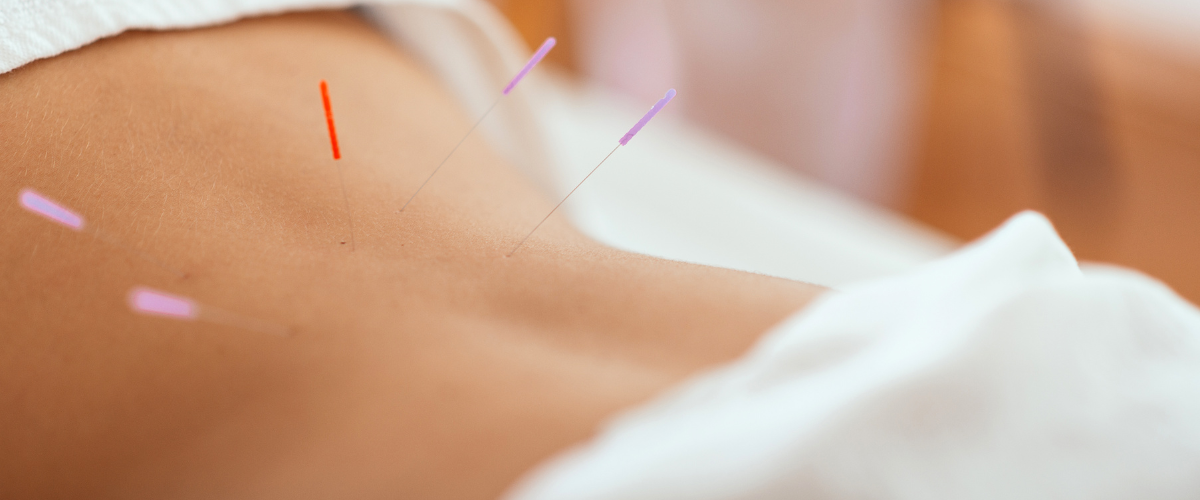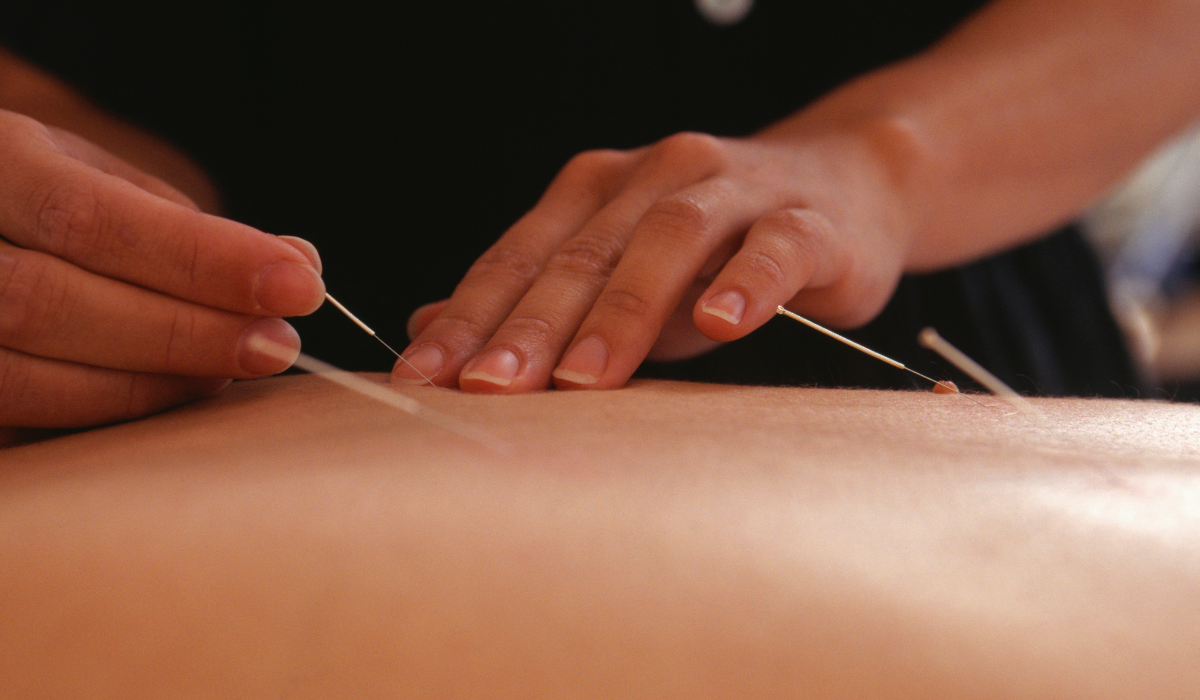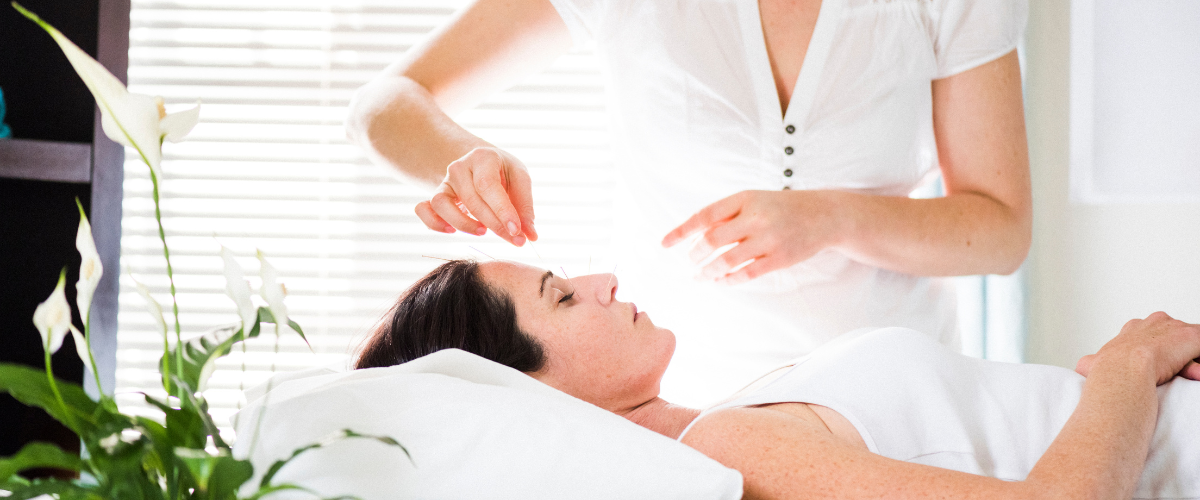Labour is a natural and transformative experience that can often be accompanied by significant pain and discomfort. However, for expectant mothers seeking alternative methods to manage labour pain, acupuncture has emerged as a promising option. Acupuncture, an ancient Chinese practice involving the insertion of thin needles into specific points on the body, has shown remarkable potential in providing pain relief during labour. By stimulating these strategic points, acupuncture can help alleviate pain, promote relaxation, and facilitate a smoother birthing process. With its minimal side effects and non-invasive nature, acupuncture is increasingly being recognized as a safe and effective tool for pain management in labour.

What are the different options for pain relief in labour?
There are various options for pain relief in labor, including non-medicated and medicated methods. Non-medicated options include relaxation techniques, breathing exercises, massage, water immersion (such as a birthing pool or shower), and changing positions frequently. Medication options range from over-the-counter pain relievers like acetaminophen and ibuprofen to stronger prescription medications like opioids. Regional anesthesia methods such as epidurals and spinal blocks can provide more targeted pain relief by numbing specific areas of the body. Other alternative approaches include nitrous oxide gas, TENS machines (transcutaneous electrical nerve stimulation), and acupuncture. The choice of pain relief will depend on factors such as personal preferences, medical circumstances, and the stage of labor. It is important to discuss these options with healthcare providers to determine the most suitable approach for each individual.

How effective are natural pain relief methods, such as breathing techniques and massage?
Natural pain relief methods, such as breathing techniques and massage, can be highly effective in alleviating pain. Breathing techniques focus on deep, rhythmic breaths, which help to relax the body and reduce stress, thereby diminishing pain sensations. Massage, on the other hand, involves applying pressure and manipulating muscles, promoting blood circulation and releasing tension, leading to pain relief. Both these methods have been practiced for centuries and have proven to be successful in managing various types of pain, offering individuals a drug-free alternative that is safe, easily accessible, and often provides immediate relief. Moreover, these methods also contribute to overall well-being by improving relaxation, reducing anxiety, and enhancing sleep quality.
Are there any potential side effects or risks associated with using pain medication during labour?
There are potential side effects and risks associated with using pain medication during labor. Commonly used pain medications, such as epidurals or opioids, may cause a decrease in blood pressure, dizziness, and nausea. These medications can also slow down the progress of labor, leading to longer durations and an increased likelihood of interventions like vacuum-assisted delivery or cesarean section. Additionally, pain relief in labour they can potentially affect the baby’s heart rate and breathing, although these risks are generally low. It is important for healthcare providers to carefully monitor the mother and baby during labor to minimize any potential complications. Ultimately, the decision to use pain medication should be based on individual circumstances and preferences, weighing the benefits against the possible side effects and risks.
How does the choice of pain relief method impact the overall birth experience?
The choice of pain relief method during childbirth can have a significant impact on the overall birth experience. Different pain relief methods, such as natural techniques, medication, or epidurals, offer varying degrees of pain management and affect the mother’s level of control, comfort, and ability to actively participate in the birth process. While some women may prefer a more natural approach to embrace the intensity of labor and maintain a sense of empowerment, others may opt for medical interventions to alleviate pain and enhance their overall comfort. The choice of pain relief method should align with the mother’s preferences, needs, and specific circumstances, as it can influence her physical and emotional well-being, satisfaction, and overall perception of the birth experience.
What are some alternative pain relief options for women who prefer not to use medication?

There are several alternative pain relief options for women who prefer not to use medication. These include relaxation techniques such as deep breathing exercises, meditation, and visualization, which can help reduce stress and promote a sense of calm to alleviate pain. Physical therapies like heat or cold therapy, massage, acupuncture, and acupressure can also provide relief by targeting specific areas of discomfort. Additionally, engaging in regular exercise, practicing yoga or tai chi, using herbal remedies like lavender oil or chamomile tea, and utilizing distraction techniques such as listening to music or practicing mindfulness can all contribute to natural pain management for those who choose to avoid medication. It is important to consult with a healthcare professional to determine the most suitable alternative pain relief option based on individual needs and preferences.

Can pain relief methods be combined for maximum effectiveness?
Yes, pain relief methods can be combined for maximum effectiveness. Different pain relief methods target different aspects of pain, and combining them can provide a more comprehensive approach to pain management. For example, combining medication with physical therapy or other non-pharmacological interventions, such as heat or cold therapy, can address both the underlying cause of pain and the symptoms associated with it. Additionally, combining different medications with different mechanisms of action, such as opioids and nonsteroidal anti-inflammatory drugs (NSAIDs), can provide synergistic effects and improve pain control. However, it is important to consult with healthcare professionals to ensure safe and appropriate combinations of pain relief methods.
Are there any long-term effects on the baby from using pain medication during labour?
There is limited research on the long-term effects of pain medication used during labor on babies. However, some studies suggest that certain pain medications, such as opioids, may have short-term effects on newborns including respiratory depression, drowsiness, and poor feeding. It is also important to consider potential risks associated with the prolonged use of pain medication, such as withdrawal symptoms in the baby. While more research is needed to fully understand the long-term effects, medical professionals strive to carefully administer pain medication to minimize any potential risks to newborns.

How do cultural beliefs and practices influence the use of pain relief in labour?
Cultural beliefs and practices can greatly influence the use of pain relief in labor. In some cultures, there is a strong emphasis on natural childbirth and the belief that experiencing pain is a necessary part of the birthing process. This may lead to a reluctance or resistance to using pain relief methods during labor. Additionally, cultural norms surrounding gender roles and expectations may also play a role, with women feeling pressure to endure the pain without assistance. On the other hand, in cultures where medical interventions are highly valued, there may be a greater acceptance and expectation for the use of pain relief options during labor. Ultimately, cultural beliefs and practices have a significant impact on individual choices and preferences regarding pain management during childbirth.
The Efficacy of Pain Relief Methods in Labour: A Comprehensive Analysis
In conclusion, acupuncture has emerged as a promising alternative therapy for pain relief during labor. Numerous studies have shown its effectiveness in reducing labor pain intensity and duration, as well as reducing the need for medical interventions such as epidurals or opioids. Acupuncture works by stimulating specific points on the body, promoting the release of endorphins and regulating the nervous system to alleviate pain. Furthermore, acupuncture is safe, non-invasive, and has minimal side effects, making it an attractive option for pregnant women seeking natural pain relief options. However, more research is needed to better understand the mechanisms behind acupuncture’s analgesic effects and to determine optimal treatment protocols. Nonetheless, acupuncture holds great potential as a complementary therapy for pain management during labor, providing women with a holistic approach to childbirth that prioritizes their comfort and well-being.
